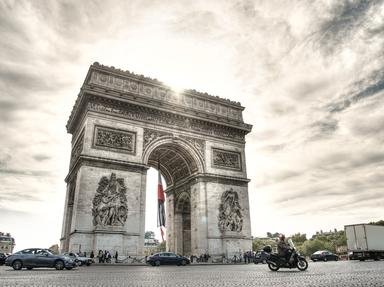Quiz Answer Key and Fun Facts
1. What was the main cause of the French Revolution?
2. Everyone has heard of the storming of the Bastille, on 14th July 1789. The bastille was a prison, targeted by the angry Paris mob. It was also a symbol of royal tyranny. What was the fate of the governor Bernard-René de Launay (governor of the Bastille)?
3. The 'sans-culottes' were, for the most part, radical urban labourers that seized arms and became part of the Revolutionary army. What does 'sans-culottes' mean?
4. When the Revolution heated up, Louis and his family tried to get help from other countries, and were charged with treason. They actually tried to flee. I'm sure you've heard of the 'Flight to Varennes', but what was Louis XVI disguised as?
5. Part of the reason that Marie Antoinette was guillotined was because of her famous words "Let them eat cake!" ("Qu'ils mangent de la brioche"). But what was the misconception?
6. The guillotine was based on old execution methods like "The Scottish Maiden" and "The Halifax Gibbet" but who helped perfect it?
7. What is the name of the period of Revolution when thousands of people were guillotined in a short period of time? This period is commonly associated with Robespierre.
8. The Duke of Brunswick, a royalist, wanted Louis XVI back on the throne. To do this, he invaded France. He threatened to ravage the whole of France if any harm came to the king. What was the mob's response to this?
9. Who seized power at the end of the Revolution, and with his army gained total control of France?
10. The French are all very proud of their Revolution, and how they stood up to the Ancien Regime. But a few years after the revolution, they did something very hypocritical. What was it?
Source: Author
Trouble325
This quiz was reviewed by FunTrivia editor
bloomsby before going online.
Any errors found in FunTrivia content are routinely corrected through our feedback system.

